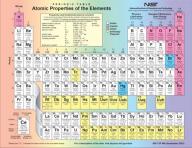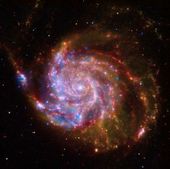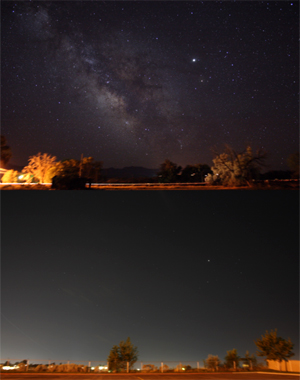
© A. Dupree/CFA/R. Gilliland/STScI/NASA/ESAThe red supergiant Betelgeuse would extend to Jupiter if it were put in the sun's place in the solar system. A new study suggests it has shrunk by more than 15 per cent since 1993
Pinned prominently on Orion's shoulder, the bright red star Betelgeuse hardly seems like a wallflower. But a new study suggests the giant star has been shrinking for more than a decade.
Betelgeuse is nearing the end of its life as a red supergiant. The bright, bloated star is 15 to 20 times more massive than the sun. If it were placed at the centre of the solar system, the star would extend out to the orbit of Jupiter.
But the star's reach seems to be waning. New observations indicate the giant star has shrunk by more than 15 per cent since 1993. This could be a sign of a long-term oscillation in its size or the star's first death knells. Or it may just be an artefact of the star's bumpy surface, which may appear to change in size as the star rotates.
Betelgeuse is enshrouded by vast clouds of gas and dust, so measuring its size is difficult. To cut through this cocoon, Charles Townes of the University of California, Berkeley, and colleagues used a set of telescopes that are sensitive to a particular wavelength of the star's infrared light.
The team used these instruments to measure the size of Betelgeuse's disc on the sky. Over a span of 15 years, the star's diameter seems to have declined from 11.2 to 9.6 AU (1 AU, or astronomical unit, is the distance from the Earth to the sun).









